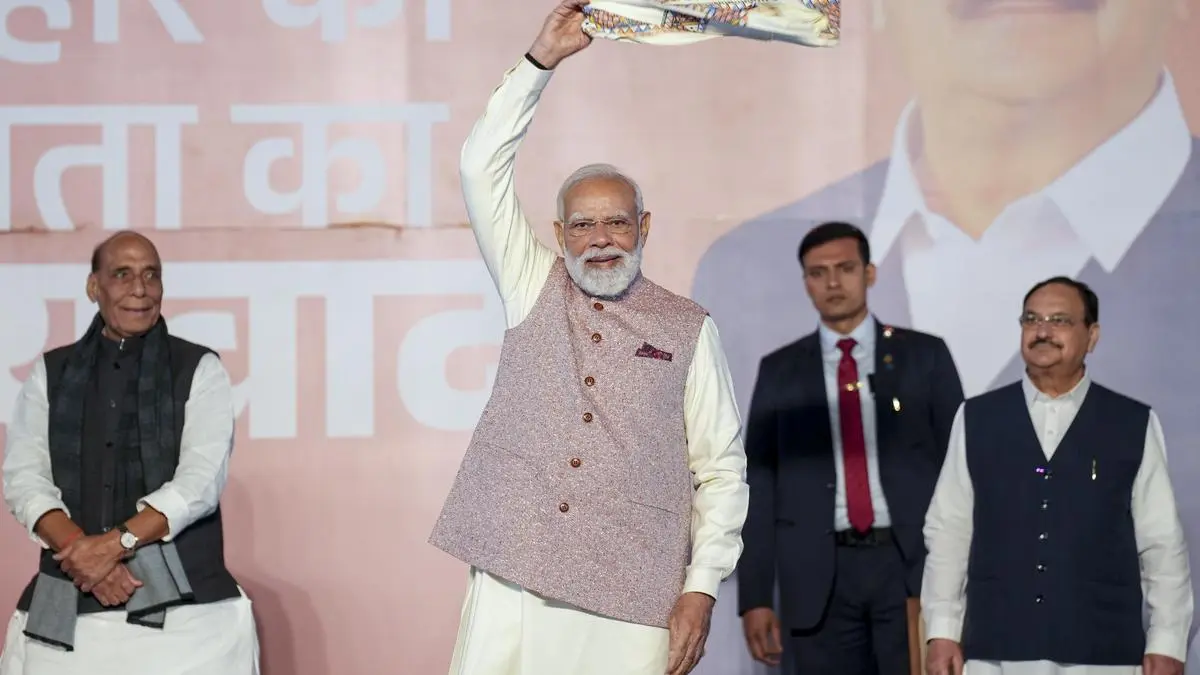Anybody who has spent any time in the corners of X (formerly Twitter) that favor industrial policy has likely heard laments that America “doesn’t make things anymore.” This is, however, objective nonsense.
As the Cato Institute’s Colin Grabow has detailed at length, individuals and companies within the US makes quite a lot. “In 2021, [the US] ranked second in the share of global manufacturing output at 15.92 percent—greater than Japan, Germany, and South Korea combined—and the [US’s manufacturing] sector by itself would constitute the world’s eighth‐largest economy,” Grabow writes.
Undaunted, advocates of industrial policy seek a dual regime of robust tariffs and domestic manufacturing subsidies. Free marketeers rightly object that these policies often weaken the very companies they seek to protect and ruthlessly gut downstream industries. Central planning invariably misallocates capital, promotes inefficiency and corruption, inflates prices, and lessens consumer choice.
Notwithstanding the importance of investments and liquidity, policy analysts must consider another indispensable, finite resource — human capital. Only so many Americans of working age exist. A worker who takes one job almost invariably cannot take another. A line worker at a shoe factory cannot contribute to the development of advanced microchips. Wasting human capital, or deliberately allocating it inefficiently, benefits neither the economy at large nor the individual worker.
The manufacturing doomsayers neglect several key facts about the modern American manufacturing sector and those who work in it. First, with respect to worker productivity, American manufacturing ranks first globally, boasting $141,000 value-added per worker. Second-place South Korea falls short of $100,000 per worker, and China (languishing in ninth place) manages only $18,783.12 per worker.
To be sure, this productivity (due largely to technological advances) means that manufacturers need less labor to produce their current output. However, this frees workers to employ their natural abilities elsewhere — to create additional value for their fellow citizens. For manufacturers, it generates new profits with which to expand operations — again, creating additional value. The economic pie has no fixed diameter. When its size increases, even Americans who receive only a single slice are far wealthier than they were before. Rising prosperity fills all wallets.
Many industrial-policy proponents paint themselves as guardians of the “dignity” of the worker. In actuality, it is profoundly dignified for workers to go to work knowing that they are among the most productive manufacturing workers in the world. More importantly, that they are as productive as possible given their own abilities and their employer’s capital constraints. Alternatively, they could clock in knowing their work is unproductive busy-work, a de facto welfare program that exists only because Washington ordained it so. The former workers’ achievements come from the value they create for others. The latter group’s comes from the state’s largesse.
Second, American manufacturers have oriented their operations to produce things of high value — a trend that holds good even within industries. A car company, for example, might make expensive luxury vehicles in South Carolina and outsource its budget-sedan operations to a foreign plant. Some low-value-added manufacturing, once economically sensible to do stateside, should now take place elsewhere. The alternative is tying up American workers in less-than-productive jobs.
Grabow notes that manufacturing offers no special opportunity to job seekers and, consequently, merits no myopic affection from labor policy wonks. Today’s production workers in the manufacturing sector earn less on average than the private sector’s average for nonsupervisory positions.
Moreover, many American workers who “make things” do not, as a technicality, belong to the manufacturing sector, which distorts public perception. As Scott Lincicome, another Cato Institute scholar, writes, “Big, innovative US companies like Nike or Nvidia are expressly in the business of ‘making things’ like shoes or semiconductors, and they handle everything — design, R&D, marketing, etc. — except the final stage of production, which they’ve outsourced to other companies in the United States or abroad.”
Much murkiness surrounds the fabled erosion that comprised the Rust Belt. In many cases, the region has found itself outcompeted not by the Chinese or by machines, but by other Americans. Manufacturing jobs have, indeed, left Pennsylvania. Many such jobs, though, have resettled in Southern states with friendlier regulatory regimes. Labor unions and the state governments that empower them (ironically the darlings of many industrial-policy enthusiasts) have accelerated this migration.
The Rust Belt’s “dying” manufacturing towns suffer from maladies cultural as well as economic, as writers like Charles Murray and Tim Carney have documented. Not every ex-industrial community becomes a Youngstown. Many survive changing economies. In the “dying” places, civil society has atrophied, and no tariff or subsidy can resurrect a shuttered church or an abandoned bowling league. Their revival must include something more than economic reform.
Lawmakers can do much to help the American worker find well-paying, dignified, stable, and fulfilling work. But policies that squander human ingenuity and labor — the most valuable economic resource there is — will produce nothing good.









































